Since I finished the hosen a day ahead of schedule, I’ve had a little bit more time to tinker with the pattern for my fitted gown layer. In preparation for making my first self-drafted pattern and fitted (and hopefully somewhat supportive) gown, I’ve taken a few e-SCA classes on supportive shifts and fitted gowns over the past month, plus haunted the usual websites & blogs & YouTube channels discussing sources and methods of construction.
After drafting a first run at a pattern, I spent some time this week making separate measurements for my front and back, which will probably prove helpful as it turns out that my front and back bust and waist measurements differ by several inches- I hope that the resulting pattern modifications will prevent the mockup from creasing in those areas (something I had an issue with the one time that I tried making a body block on my own) and provide a more supportive fit.
The other thing that I actually labored at this weekend was finishing the seams of my shift. It’s coming along. Maybe I should start taking a photo with each update wearing the items I’ve completed, in a very “get dressed with me” theme.
Lastly, I’ve been revisiting the memorial brasses that are the sources for this project’s inspiration. Hawisia is a wool merchant, and while thinking about joining Ethereal Seamstress, I came across one brass in particular that really sparked my fancy (the first in the gallery below). That led me to search for other representations of wool merchants, quite a few of which appear in brasses and effigies, thanks to the common founding of churches by wool merchants and guilds. Below are some of those brasses (dated 1391-1415, and represented here in rubbings from the Spurlock Museum’s online collection) that comprise my main inspirations for this project. All of those identified as civilian or merchant wives are attired in a fitted cotehardie layer, with an outer layer that varies somewhat between a mix of houppelandes, mantles, or a second fitted gown with looser or draped sleeves. The headdresses from this time period are represented mostly as either layered veiling with wimples or with the more structured gathered-edge veiling- none of these merchant-class women appear to have more elaborate headdresses shown on some of the wives of nobility. I’m fairly certain that I’m going to go with the plainer veiling here, as suits my meager skills- though a gathered-edge/”honeycomb” veil is something that I’d like to attempt in future.
Link to the Spurlock Museum’s online collection of brass rubbings: https://www.spurlock.illinois.edu/collections/notable-collections/profiles/brass-rubbings.html

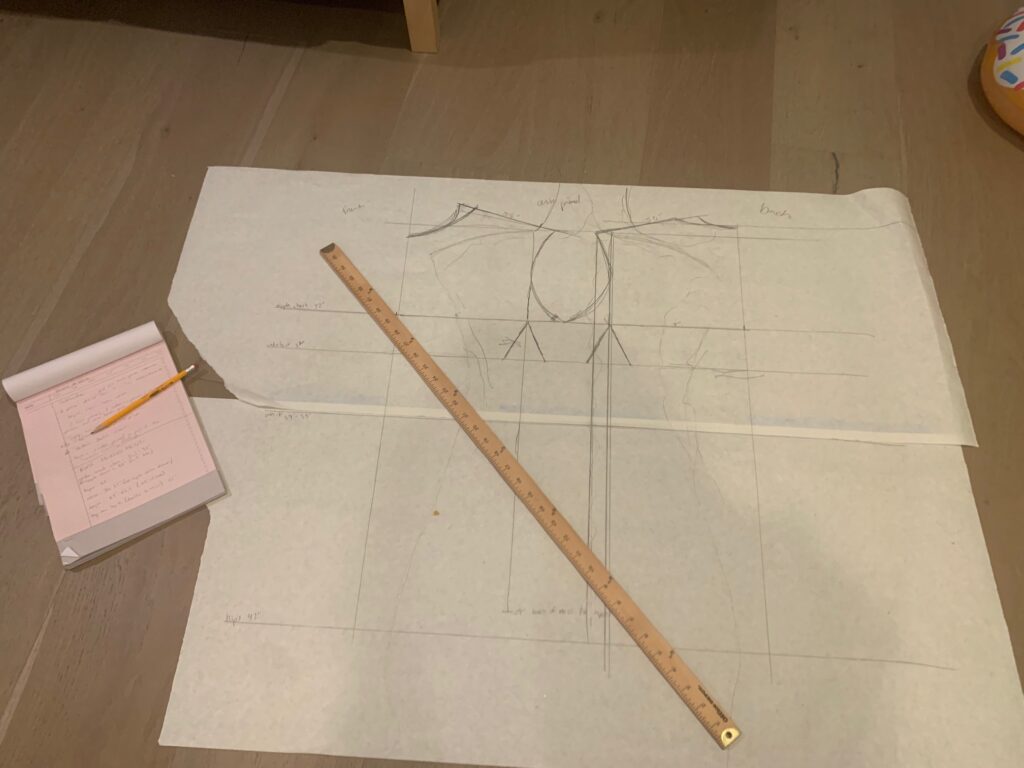
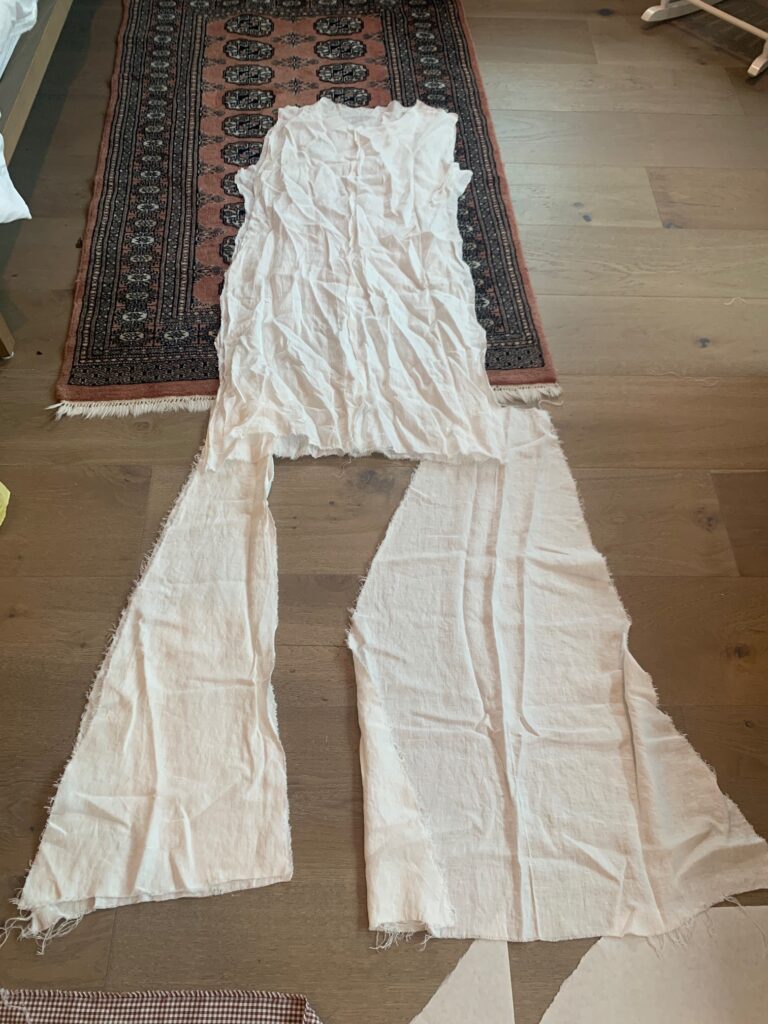
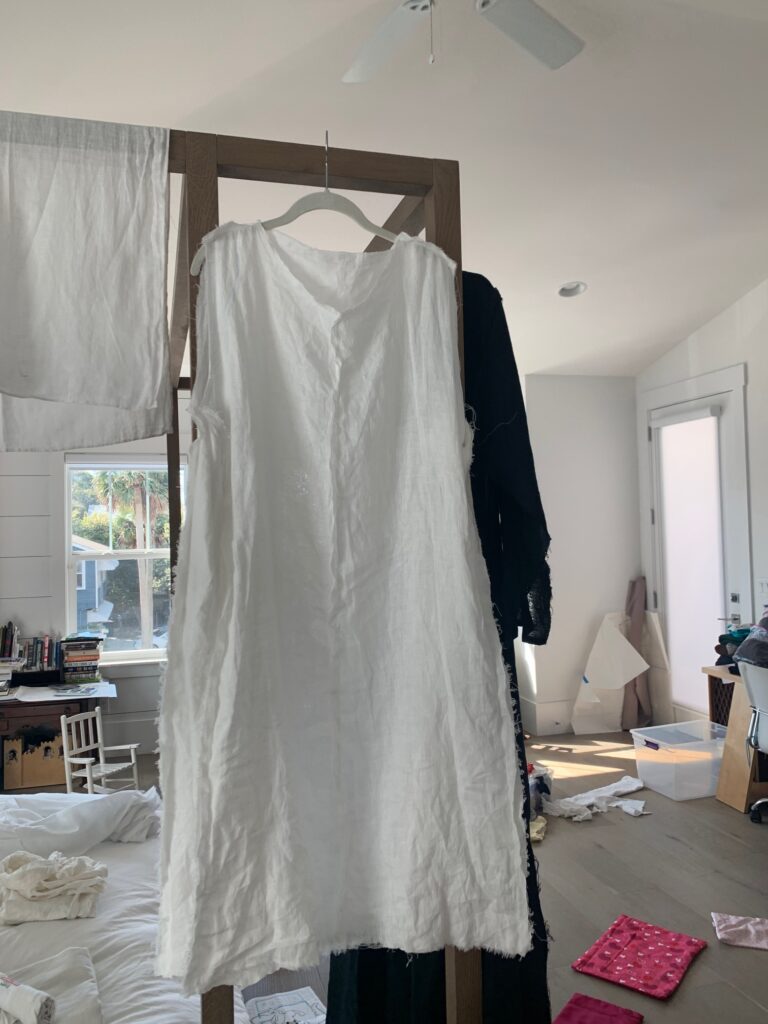
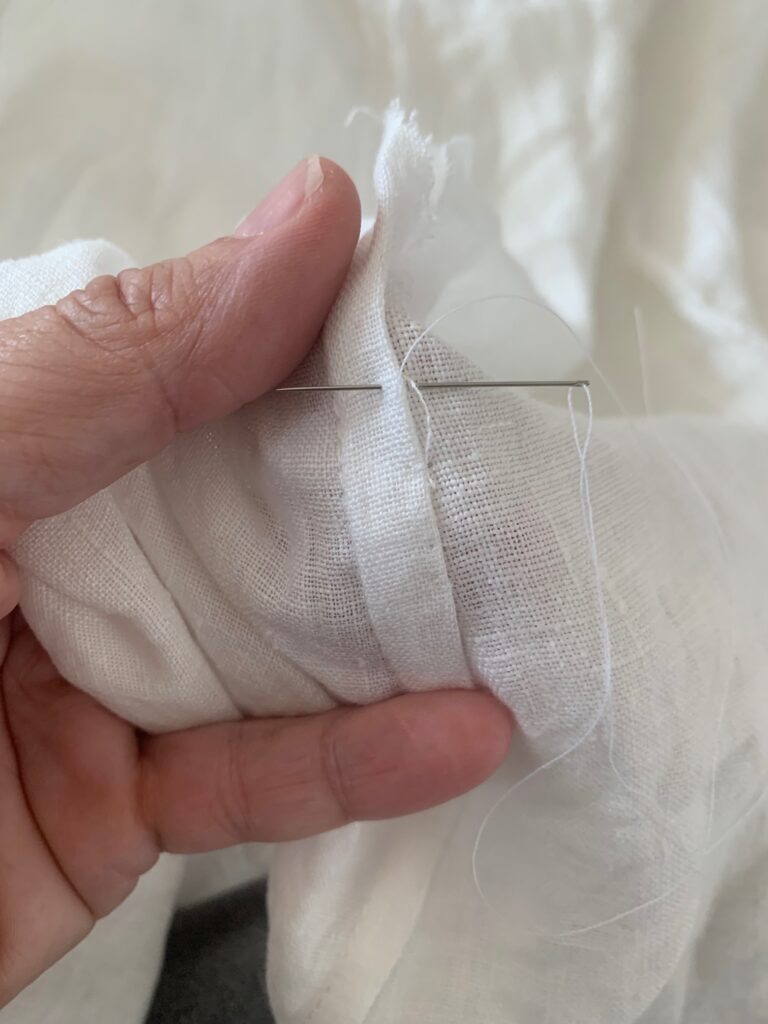
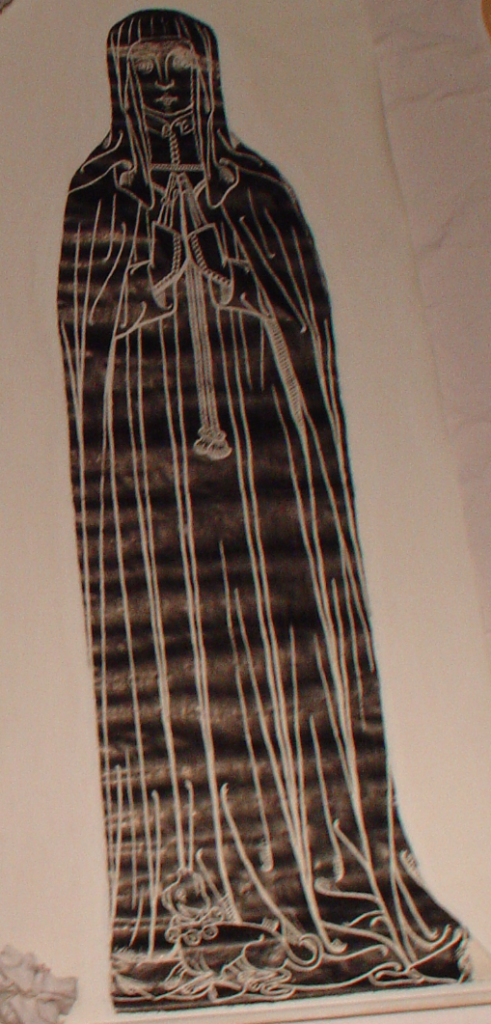

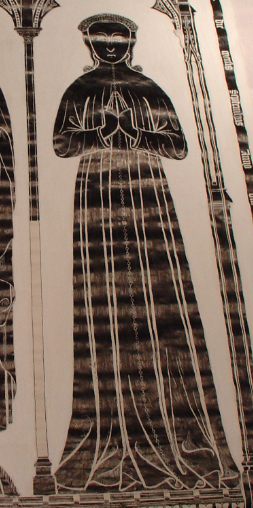
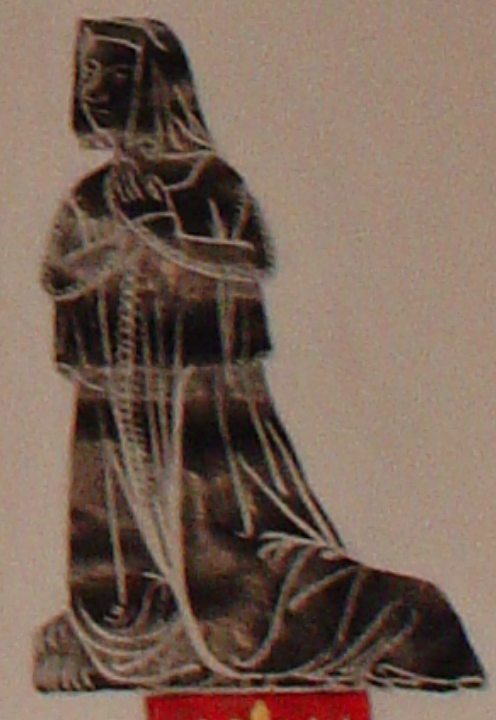

Thanks for sharing the brass rubbings. I think you’ll see as you go along that the layering is absolutely crucial for getting the “look” that you’re going for here.
In case you haven’t seen this site, she has some good photo tutorials for fitting a supportive kirtle: http://cottesimple.com/tutorials/